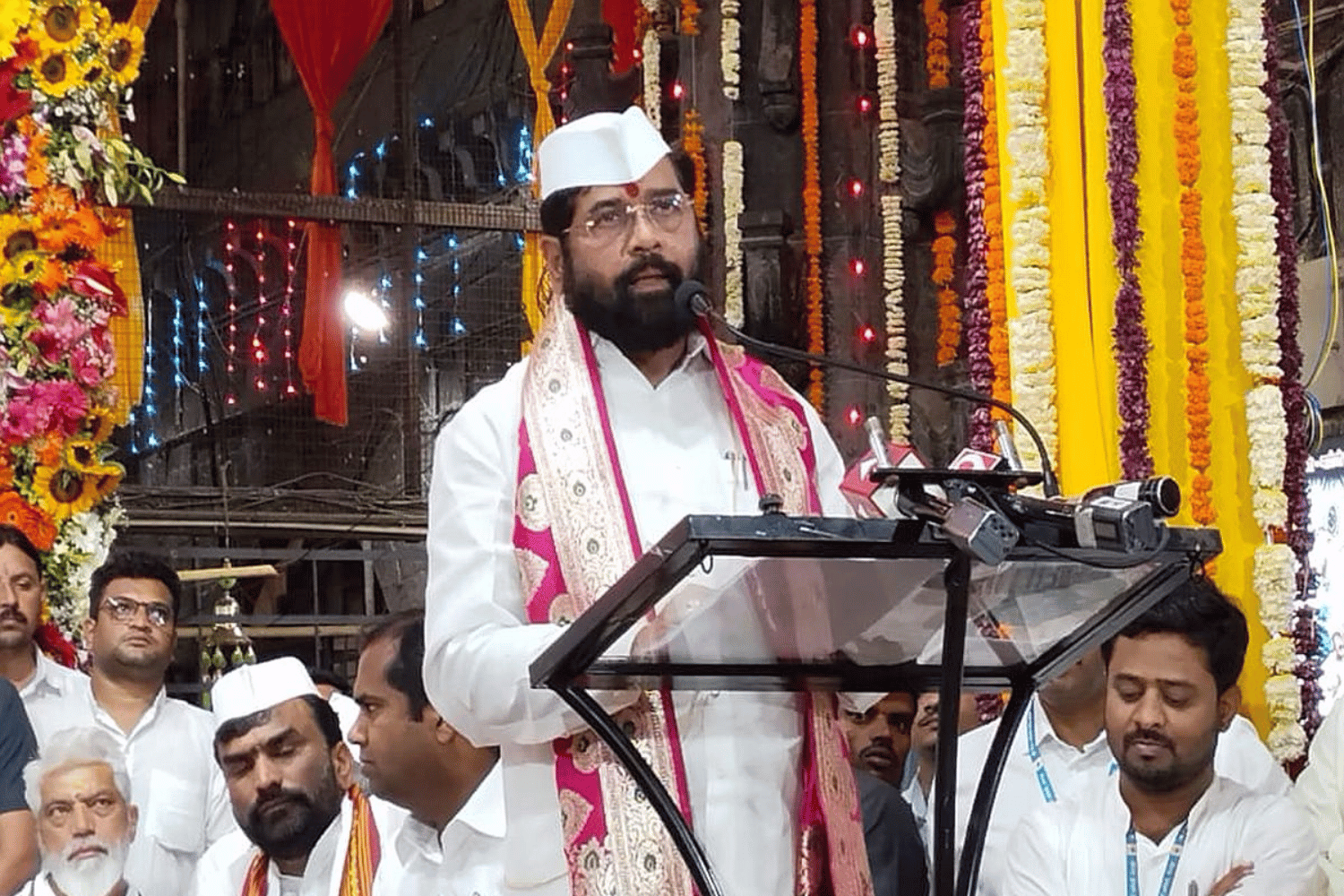
Create The Perfect Resume: A Step-By-Step Guide To Crafting Your Professional Profile

The job market is highly competitive and getting your resume noticed can be a challenge. With the right combination of information, organization, and design you can have an eye-catching resume that stands out from the competition. Learn how to craft the perfect resume with this step-by-step guide!
Introduction to Resumes:
When it comes to job hunting, your resume is your most powerful tool. It's the first opportunity you have to make a good impression on a potential employer – so it's important to get it right!
Crafting an effective resume can seem like a daunting task, but with our step-by-step guide, you'll be able to create a document that will help you land the job you want. We'll cover everything from choosing the right format and font to tailoring your experience and skills to fit the role you're applying for.
By the end of this guide, you'll have a polished and professional resume that will help you stand out from the competition. So let's get started!
Identify Your Professional Goals:
- When you're trying to figure out what you want to do with your life, it's important to look at your professional goals. What do you want to achieve in your career? What kind of job do you want to have? What kind of company do you want to work for?
- These are all important questions to ask yourself when you're trying to identify your professional goals. Once you know what you want, it'll be easier to craft a resume that will help you achieve those goals.
- If you're not sure where to start, sit down and make a list of all the things you want out of your career. Do you want to make a lot of money? Do you want to help people? Do you want to travel? Once you have a good idea of what you're looking for, you can start tailoring your resume accordingly.
- If your goal is to get a job in a particular industry, make sure that your resume highlights any experience or skills that would be relevant. If you're looking for a specific type of job, such as an entry-level position in marketing, be sure to include relevant keywords so that your resume comes up in relevant searches.
- No matter what your professional goals are, there's no need to feel like they're out of reach. With a little planning and some careful crafting, you can create a resume that will help you achieve anything you set your mind to.
Gather Your Qualifications:
- If you're looking to create the perfect resume, the first step is gathering your qualifications. This means taking inventory of all your skills, experience, and education that make you the ideal candidate for the job you're applying for.
- Start by making a list of all your professional experience, both paid and unpaid. Include any internships or volunteer work you've done, as well as any relevant coursework or extracurricular activities. Then, take a look at your education and training. Make sure to list any degrees or certifications you have, as well as any special skills or knowledge you may have acquired through your studies.
- Once you have a complete list of your qualifications, it's time to start crafting your resume. Use this information to highlight your most relevant skills and experience, and tailor your resume to each individual job you're applying for. With a little effort, you can create the perfect resume that will help you land the job of your dreams!
Format and Design:
When it comes to your resume, format and design matter. A well-formatted resume will help you stand out from the crowd and make a good impression on potential employers. Here are a few tips to help you create a professional, eye-catching resume:
1. Use clean, simple formatting. Avoid cluttered, busy designs. Stick to a basic layout with clear headings and sections.
2. Use white space to your advantage. Don't be afraid of empty space on your resume - it can actually help to make your document more readable and easier on the eyes.
3. Use typography to make your resume look professional. Choose a clean, modern font (like Arial or Helvetica) for the body of your text, and use bold or italics sparingly for emphasis.
4. Include only relevant information. Don't include every job you've ever had - focus on recent jobs and experiences that are most relevant to the position you're applying for.
5. Keep it concise. Try to keep your resume to one or two pages at most - any longer and you run the risk of losing your reader's attention
Include Relevant Information:
When you're crafting your professional profile, it's important to include relevant information that will help you stand out to potential employers. Here are a few things to keep in mind:
- First and foremost, your resume should include your contact information (name, phone number, email address).
- Be sure to list your current or most recent position and include a brief description of your duties and responsibilities.
- Include any relevant skills or qualifications you have that make you a good fit for the job you're applying for.
- If you have any relevant work experience, be sure to list the company name, your job title, and the dates you worked there.
- Education is also important to include on your resume. List the name of the institution(s) you attended, as well as any degrees or certificates you earned.
- Any volunteer work or extracurricular activities that are relevant to the job you're applying for can also be included on your resume.
Proofread and Finalize
The final step in creating your perfect resume is to proofread and finalize it. This may seem like a no-brainer, but it’s important to take the time to review your resume for any errors or typos. Once you’ve done that, you can confidently submit your resume knowing that it’s polished and professional.
If you want to go the extra mile, you can also have someone else review your resume. A second set of eyes can help catch anything you may have missed. Just make sure that whoever you ask for feedback is knowledgeable about resumes and can give you constructive feedback.
Alternatives to Traditional Resumes:
If you're looking for alternatives to traditional resumes, here are a few options to consider:
1. Online portfolios - An online portfolio is a great way to showcase your work and skills in a format that's easy to share with potential employers.
2. Video resumes - A video resume is a short, engaging way to introduce yourself and tell your story in a way that a written resume can't.
3. Infographic resumes - An infographic resume uses visuals to highlight your key skills and experience, making it an attention-grabbing option for job seekers.
4. Social media profiles - Your social media profile can be a valuable tool for networking and showcasing your professional brand. Be sure to keep it up-to-date and tailored to the specific industry or role you're interested in pursuing.
Conclusion:
Crafting your perfect resume doesn’t have to be a daunting task. By following the simple steps outlined in this article, you can create an effective and professional profile that will help you get noticed by potential employers. Remember to always keep it succinct, ensure that all information is up-to-date, and highlight your unique achievements so that recruiters know why they should hire you. With these tips in mind, there’s no reason why crafting the perfect resume shouldn’t be easy!



.webp)
